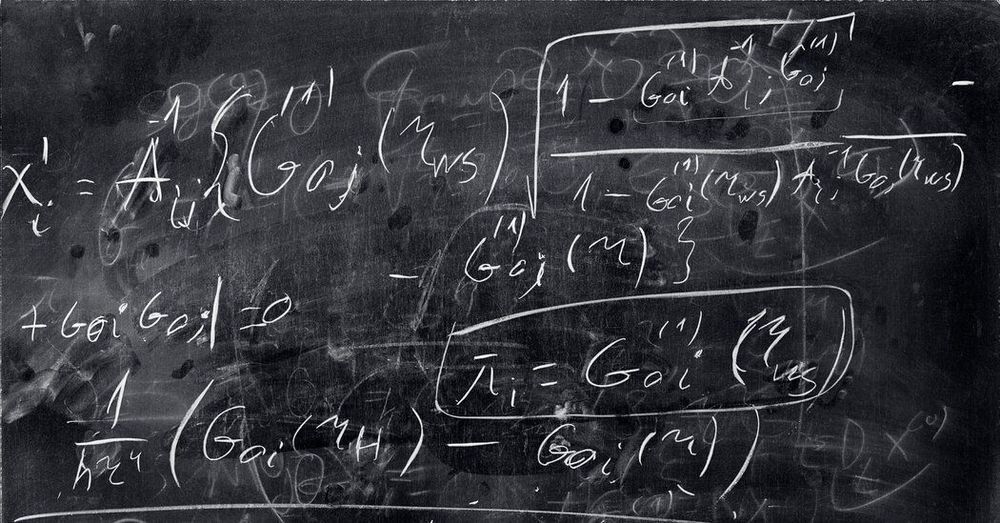Worse, they don’t seem to want to understand it.



The evolutionary history of humans explains why physical activity is important for brain health.

UCLA scientists James Gimzewski and Adam Stieg are part of an international research team that has taken a significant stride toward the goal of creating thinking machines.
Led by researchers at Japan’s National Institute for Materials Science, the team created an experimental device that exhibited characteristics analogous to certain behaviors of the brain—learning, memorization, forgetting, wakefulness and sleep. The paper, published in Scientific Reports, describes a network in a state of continuous flux.
“This is a system between order and chaos, on the edge of chaos,” said Gimzewski, a UCLA distinguished professor of chemistry and biochemistry, a member of the California NanoSystems Institute at UCLA and a co-author of the study. “The way that the device constantly evolves and shifts mimics the human brain. It can come up with different types of behavior patterns that don’t repeat themselves.”

Disruption of certain DNA structures—called topologically associating domains, or TADs—is linked with the development of disease, including some cancers. With its newly created algorithm that quickly locates and helps elucidate the complex functions of TADs, an international team of researchers is making it easier to study these important structures and help prevent disease.
“On your DNA you have genes and regulatory elements—such as promotors and enhancers—that control gene expression, but these two things can be far away from each other,” said Qunhua Li, associate professor of statistics, Penn State. “Similar to a dresser drawer that keeps your clothes organized and available for use, TADs bring genes together with their regulatory elements, which enables them to begin the process of gene expression.”
Gene expression is the process by which the information encoded in DNA gives rise to observable traits.

The world’s oldest living couple celebrated another major milestone when their senior living community in Austin, Texas, threw them a party for their 80th wedding anniversary.
John and Charlotte Henderson have an aggregate age of 211 years and 175 days, and a love story that has quite literally stood the test of time.
To celebrate their 80th year together, 106-year-old John picked up 105-year-old Charlotte in a 1920s roadster — much like he did on their first date — with a beautiful bouquet of flowers.

For $999, the Skydio 2 does something no other drone can do — intelligently follow you while dodging obstacles instead of crashing to its doom. It’s affordable compared to the $2,500 prototype the startup introduced last year, plus it’s smaller and lighter, with longer battery life and a far better camera, too.

As the cars we drive become increasingly sophisticated, the technology that underpins them poses a unique set of challenges.
“Currently, technology is more likely to create distractions in vehicles than it is to combat it,” Alain Dunoyer, SBD Automotive’s head of autonomous research and consulting, said in a statement sent to CNBC via email earlier this month.
“These days, cars have a shopping list of features which has led to tasks that were historically quite simple becoming drastically more complicated and distracting,” he added.


